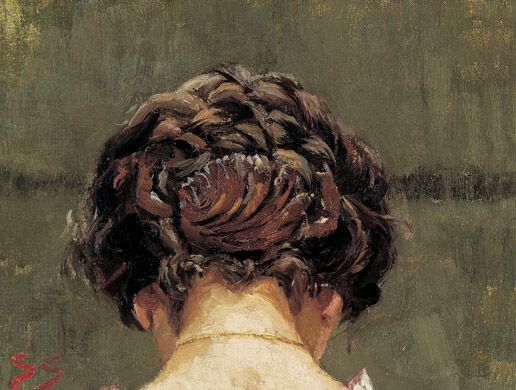
From 22.05.2006 to 23.09.2006
The enchanting Orient, the atmosphere, the opulent interiors, ornate costumes, the harems and odalisques, the mythical cosmos of European Orientalists, for Symeon Savvidis was not a utopian paradise or an imaginary place. Savvidis was an genuine oriental, a Greek whose roots went back to the depths of Asia Minor. The themes depicted by the European Orientalists are the product of study, research and travel impressions. Yet, for Savvidis they were experiences and memories often revived by returning journeys or idealised by longing. This is why his evocations of the Orient give off the scent of authenticity. Their characters are true people of the Orient. Their attitudes and customs are studied from life, rather than staged. Most of these images are set in richly ornamented interiors, bathed in a languid half-light out of which the figures emerge. The slow-moving time of the Orient seems to have stopped in these works. The abundance of colour, in which white and red prevails, and the impasto brushwork are characteristic for the artist’s technique.
In Savvidis’s second stylistic phase, the impressionistic one, the aspect of time changes, in addition to themes and colours. The still, languid time of the Orient is replaced by fluid, furtive impressions. In order to capture his impressions, the artist must develop a new technique, a new gestural painting, as is the case in French impressionism. Time changes, and space changes too. The artist came outdoors, where light instantly transforms our vision of the world. This problem also occupied Savvidis during his mature phase of painting, mainly in the early 20th century and out of sync with the original French impressionist movement. The artist’s observations on colour, the way colour translates the sunlight, the interplay of warm and cool, or complementary tones, were also theoretically documented in a study in the National Gallery archives, published by the exhibition curator, Marilena Kassimati. Thus, Savvidis’s plein-air studies were the application of acquired wisdom. Yet, this does not rob his works of spontaneity, as we can see in masterpieces, such as The Chinese Tower in Munich. This work captures the flow of time in fluffy colours of iridescent tones, reminiscent of Renoir’s paintings. It is to the this same artist that the ponds of light that sit like dewdrops on the flowery dresses of the young girls, or on the grass, also point.
Symeon Savvidis cultivated all genres with aplomb. He distinguished himself in both Munich, where he spent most of his life, and Paris and other European cities where he exhibited. He transcended the limits of Munich School with an impressionistic painting that approached the essence of his French models: their sense of time, technique and sunny palette. He had another thing in common with his contemporary French painters, something more existentially profound: He, too, was a bohemian artist. He died poor and almost forgotten in Athens, in 1927.
The exhibition curator, Marilena Kassimati, has extensively studied the artist’s work and his writings. The extraordinary monograph she has dedicated to the artist, the exhibition she has organised with such expertise and care and her catalogue essays illuminate an obscure yet fascinating figure. Professor Sonia Haralambidou and her colleagues, Irene Haralambidou and Christian Laskaridis, created an evocative display. The catalogue was designed with sensitivity by Thymios Presvytis. My colleague, Irene Tselepis, has once again supported the Press Office. Yet, this exhibition could not have been realised without the sponsorship of the Lavrentiadis Group of Companies. I would like to express my gratitude to the Group’s CEO, my special friend Lavrentios Lavrentiadis. I thank all of the above.
Marina Lambraki-Plaka
Professor, History of Art
Director, National Gallery – Alexandros Soutsos Museum
Exhibiotion Curator: Dr Marilena Cassimatis, Curator, National Gallery of Greece
Sponsor: Lavrentiadis Group of Companies
Communication Sponsor: ERT
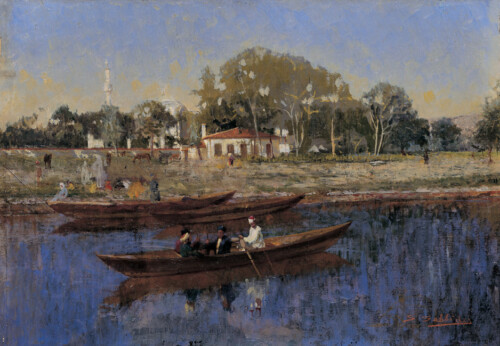
1
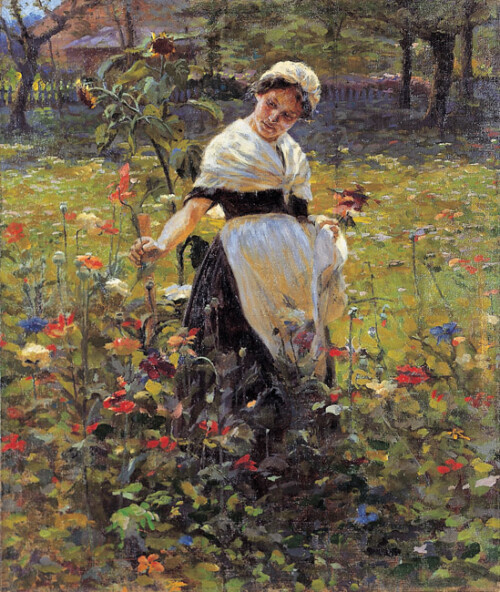
2
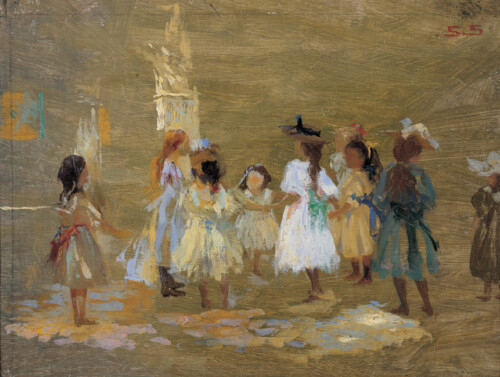
3

4
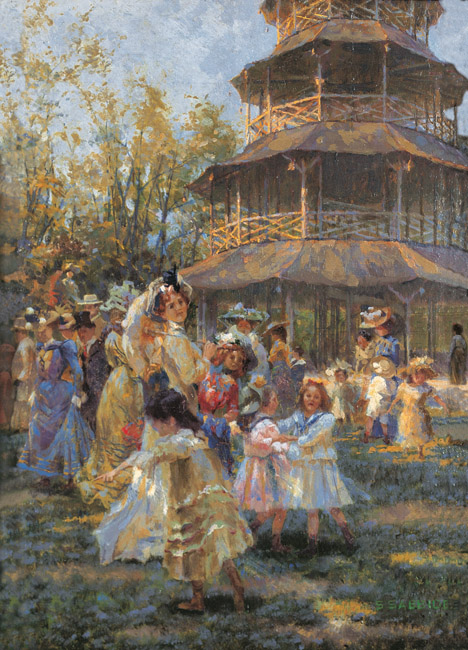
5

